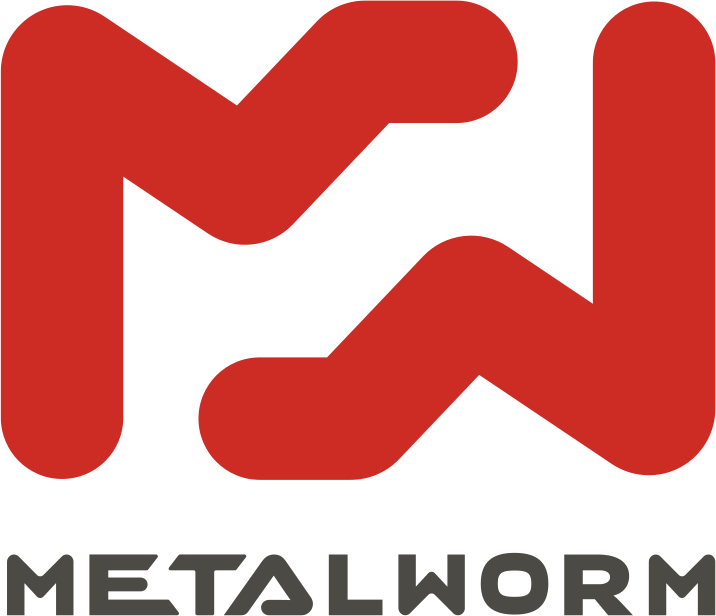
What is WAAM?
Manufacturing is a part of our lives. It is necessary in every sector for evolution and revolutionizing our world through various methods. Until 1987, with the first commercialization of additive manufacturing technologies, components, structures, and constructions were built or made using subtractive (traditional) manufacturing methods. This means there were operations that used excessive materials to produce parts while wasting materials due to the methods themselves. This situation brings forth several problems to be managed, such as a lack of required raw materials, supply time, and lower cost efficiency.
After Additive Manufacturing, also referred to as 3D printing, was introduced, several advancements began to be made. These developments have changed the traditional view of manufacturing in terms of lead time, design, and manufacture, cost, and energy consumption. It is divided into seven main technologies, each offering specific uses.
- Powder Bed Fusion
- Binder Jetting
- Material Extrusion
- Directed Energy Deposition
- Material Jetting
- Vat Photo-Polymerization
- Sheet Lamination
Introduction to WAAM (Wire Arc Additive Manufacturing)
The WAAM (Wire Arc Additive Manufacturing) method, which belongs to the DED (Directed Energy Deposition) family in additive manufacturing, is an advanced manufacturing process that utilizes electric arc welding techniques to build up metal components layer by layer.
In WAAM, a welding wire is melted using an electric arc and precisely deposited onto a substrate, creating 3D objects. Unlike subtractive manufacturing methods that involve cutting away material from a solid block, WAAM adds material to create complex shapes and structures. This technology offers advantages such as reduced material wastage, shorter production times, and the ability to produce intricate geometries with high precision.

“All right, we got the point basically. Is that all? Of course not. We just wanted to make sure that you took the first step to climb the stairs of WAAM. Let’s dive further into the details of the process.”
How WAAM Process Is Performed?
Beginning with a digital design created in Computer-Aided Design (CAD) software, a suitable metal welding wire as feedstock is selected from different types of metals and alloys, such as stainless steel, carbon steel, copper, nickel-based alloys, and aluminum alloys and other metal that are compatible with the WAAM process. Additionally, substrate material is chosen based on the welding wire material for specific applications.
The welding process begins with a wire fed through a torch, sparking an electric arc between the wire and the substrate material. Shielding gases like argon are introduced to ensure a clean environment for metal fusion. This arc generates intense heat, creating a melt pool as the wire melts and allows for precise deposition of molten metal onto the substrate. Robotic arms or automated systems typically control the movement of the welding torch, ensuring precision and consistency throughout the deposition process.
As each layer is deposited, it rapidly solidifies upon contact with the substrate or the previously deposited layer, gradually forming a solid, bonded structure. This layer-by-layer approach permits the creation of intricate geometries and complex shapes with high accuracy.

The process continues until the final object adheres to digital design specifications. Cooling follows to solidify the structure, with potential post-processing steps such as machining or surface finishing to refine the product. WAAM offers versatility, efficiency, and cost-effectiveness, promising applications across industries like aerospace, automotive, defence, aviation, maritime, railway, oil & gas.
“Speaking of industries, let’s explore the use cases! Thereby, you will become familiar with the use of this methodology within your own industry or research”
Applications and Use Cases
There are a couple of industries where WAAM can be integrated and used widely. Not only for industries but also for institutes, universities, and research centers, it could be a useful methodology in exploring the future of metal shaping.
Here are some of the industry-based applications and highlighted advantages;
Defence : WAAM can be employed to fabricate custom mounting brackets for military vehicles, UAVs, or weapon systems. By leveraging WAAM technology for the production of such components, defense organizations can achieve a balance between functionality, weight reduction, and customization, thereby improving overall mission effectiveness and operational efficiency.
Aviation and Aerospace : WAAM can revolutionize aviation and aerospace by enabling the crafting of lightweight, custom components, enhancing fuel efficiency and operational effectiveness while optimizing the buy-to-fly ratio.
Maritime : WAAM presents transformative opportunities for the maritime sector by facilitating the production of Propeller, Crane Hook and Panama Chock and so on. These innovations enhance vessel and ships performance and efficiency while streamlining production processes.
Oil and Gas : WAAM in the Oil & Gas industry introduces transformative solutions, including the fabrication of corrosion-resistant piping components, innovative heat exchanger designs, and custom flanges for connectors. This technology enhances operational efficiency, addresses specific challenges such as deep-sea wellhead reinforcement, and enables on-site fabrication in remote locations, showcasing its potential for customized, high-performance components in critical applications.
Railway : WAAM technology in the railway industry can reshape production of components, enabling customized, high-performance solutions. WAAM’s capabilities extend to efficient repairing of worn-out railway components and providing robust cladding solutions for enhancing the durability and longevity of critical railway infrastructure.
“We’ve explored the advantages resulting from various use cases across different applications. Now, let’s list them in detail. You will learn more about each one”
Advantages of the WAAM Process
High Deposition Rates: WAAM is known for its ability to deposit metal material at high rates, enabling the rapid build-up of structures.
Cost-Effective: Compared to traditional manufacturing methods, WAAM can be a cost-effective solution, particularly for large and complex parts, due to reduced material waste and shorter production times.
Suitability for Large Structures: WAAM is well-suited for manufacturing large-sized components, making it advantageous in industries such as aerospace and maritime for the production of structural elements.
Versatility in Material Selection: The process allows for the use of various metal materials, providing flexibility in choosing alloys based on specific application requirements.
Repair and Maintenance: WAAM can be utilized for repair and maintenance purposes, enabling the restoration of worn-out or damaged components without the need for extensive replacements.
Robust for Complex Geometries: It excels in creating complex geometries and intricate structures, offering design freedom that may be challenging or costly with traditional manufacturing methods.
Reduced Lead Times: WAAM’s efficiency in material deposition contributes to shorter lead times in the production of parts, making it a favorable option for projects with tight schedules.
Potential for Hybrid Manufacturing: WAAM can be integrated into hybrid manufacturing processes, combining additive and subtractive techniques to achieve specific outcomes.
Real-time Monitoring: WAAM systems incorporate real-time monitoring capabilities, allowing for better control and quality assurance during the manufacturing process.
Environmental Benefits: The process can contribute to reduced material waste and energy consumption, aligning with sustainability goals in manufacturing.
Summary of Our Journey on Exploring WAAM
As we conclude our journey through the world of WAAM, we stand in awe of the transformative power it holds for the future of manufacturing. From its inception in digital designs to the mesmerizing dance of welding wire under the electric arc, WAAM has redefined the boundaries of precision and efficiency in creating intricate 3D objects.
Across industries spanning defense, aviation, maritime, oil & gas, railway and so on WAAM shines as a beacon of innovation, offering not only efficiency and customization but also a pathway to a greener and more sustainable future. Its versatility, from high deposition rates to material flexibility, opens doors to endless possibilities, reshaping the landscape of manufacturing as we know it.
As we bid farewell to this enlightening journey, we invite you to carry forward the spirit of WAAM—of progress, of innovation, and of boundless potential.


You May Also Like
Innovative Approaches to Repair Applications with Wire Arc Additive Manufacturing Technology (WAAM)
Foreword: The manufacturing industry is constantly searching for innovative solutions with the advan
Digital Twin Technology: Revolutionizing Additive Manufacturing
MetalWorm proudly presents the innovative Digital Twin Software, a catalyst for revolutionizing manu
Disruptive Production via Wire Arc Additive Manufacturing (WAAM) Technology: Printing pressure vessel in a single set-up
Pressure vessels are essential in various industries, from aerospace and automotive to oil&gas.




